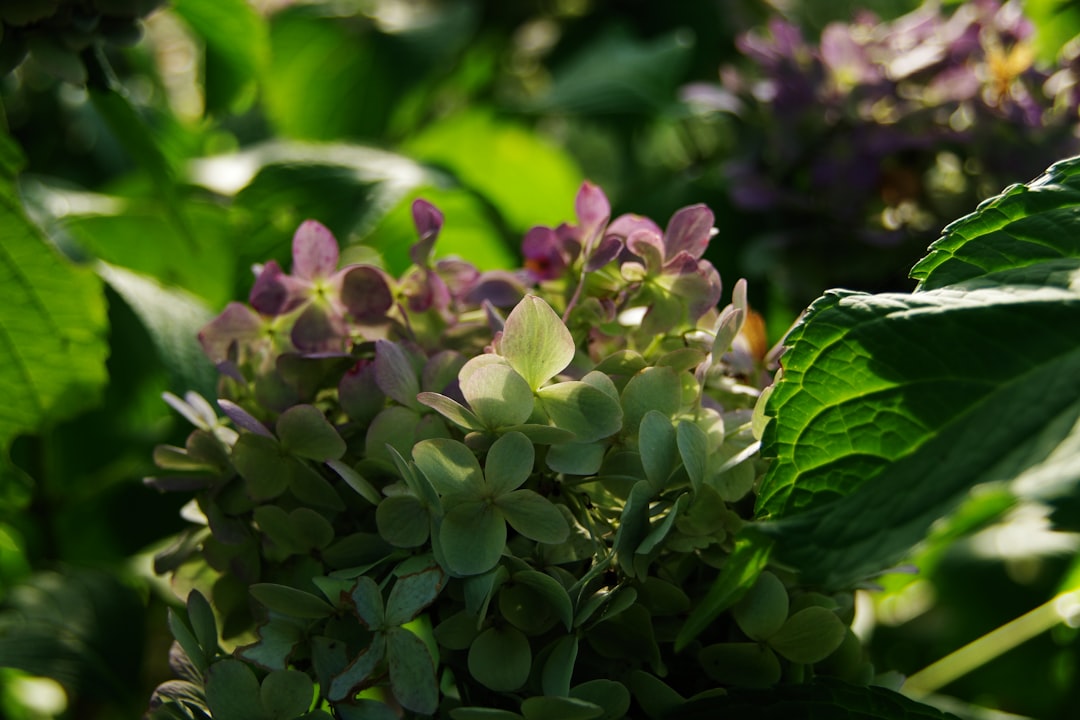The Enchanting World of Lupine in Your Garden

Spring is a time of renewal and beauty, and few plants capture the essence of this season quite like the lupine. These stunning perennials are a favorite among gardeners for their vibrant spikes of densely packed blossoms and unique foliage. In this article, we'll explore everything you need to know about lupine plant care, from planting to maintenance, so you can enjoy these gorgeous flowers in your own garden.
Lupines are known for their tall, upright spikes that can reach anywhere from 1 to 4 feet in height. The spikes are covered in small, pea - like flowers that come in a wide range of colors, including purple, blue, pink, white, and yellow. Their green foliage is also quite distinctive, being covered in fine hair, which gives it a soft, velvety appearance.
Planting Lupines
When it comes to planting lupines, the first step is to choose the right location. Lupines thrive in full sun to partial shade. They prefer well - drained soil that is slightly acidic. If your soil is heavy clay, you may need to amend it with organic matter such as compost or peat moss to improve drainage.
You can start lupines from seeds or purchase young plants from a nursery. If starting from seeds, it's best to sow them directly in the garden in the fall or early spring. Soak the seeds in water for 24 hours before planting to help speed up germination. Plant the seeds about 1/4 inch deep and keep the soil moist until they germinate, which usually takes about 10 to 14 days.
If you're using young plants, dig a hole that is slightly larger than the root ball. Place the plant in the hole, making sure the top of the root ball is level with the soil surface. Backfill the hole with soil and gently firm it around the plant. Water thoroughly after planting.
Watering and Fertilizing
Lupines need regular watering, especially during dry spells. However, they don't like to sit in waterlogged soil. Water deeply once a week, allowing the soil to dry out slightly between waterings.
Fertilizing lupines is also important for their growth and health. Apply a balanced, slow - release fertilizer in the spring when new growth appears. You can also add a layer of compost around the base of the plants to provide additional nutrients throughout the growing season.
Pruning and Deadheading
Pruning and deadheading are essential for keeping lupines looking their best. Deadheading, which is the process of removing spent flowers, encourages the plant to produce more blooms. Simply snip off the faded flower spikes at the base as soon as they start to look tatty.
In the fall, after the first frost, you can cut the plants back to the ground. This helps to prevent diseases and pests from overwintering on the plants.
Pest and Disease Control
Like all plants, lupines are susceptible to certain pests and diseases. Aphids are a common problem, and they can be controlled by spraying the plants with a strong stream of water or using an insecticidal soap. Slugs and snails may also be attracted to lupines, especially in damp conditions. You can use slug pellets or create barriers around the plants to keep these pests at bay.
Fungal diseases such as powdery mildew can also affect lupines. To prevent fungal diseases, make sure the plants have good air circulation and avoid overhead watering. If you notice signs of disease, remove the affected leaves and treat the plant with a fungicide.
Propagation
If you want to expand your lupine collection or share them with friends, you can propagate them through division. The best time to divide lupines is in the early spring or fall. Dig up the plant carefully and use a sharp knife or spade to divide the root ball into smaller sections. Each section should have at least a few healthy roots and shoots. Replant the divisions in a prepared area and water them well.
In conclusion, lupines are a wonderful addition to any garden. With their beautiful flowers, unique foliage, and relatively easy care requirements, they are sure to bring color and charm to your outdoor space. By following these tips on lupine plant care, you can enjoy these spring - blooming perennials for years to come.